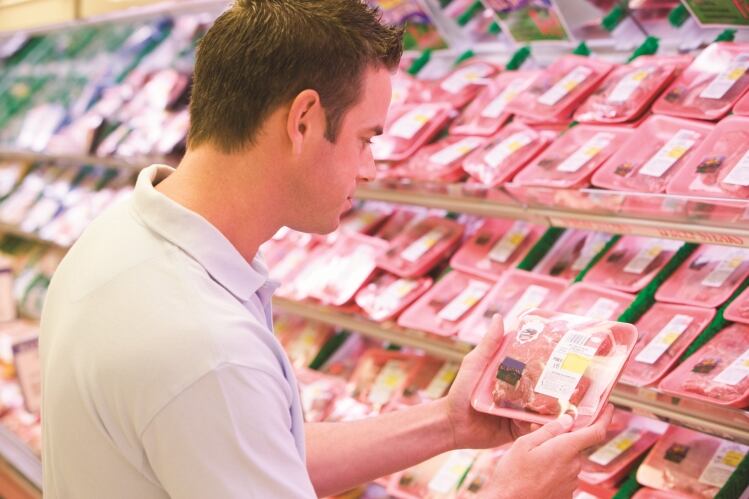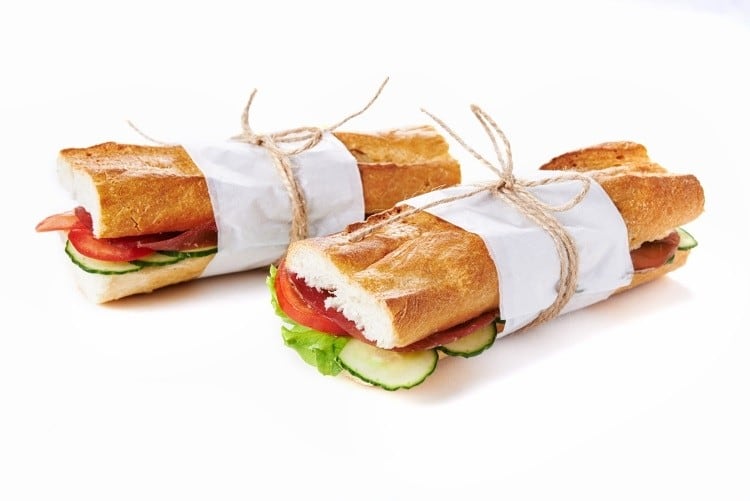There will be a transition period to December 2020 for labelling changes on goods produced or imported and placed on the UK market after Brexit, according to guidance published by the Department for Environment, Food & Rural Affairs (Defra).
However, wherever a transition period was not possible, “pragmatic enforcement” within the UK would be encouraged, it added.
Defra also cautioned that UK exporters to the EU and other non-EU countries may be required to make changes to food labelling sooner than 29 March 2019.
EU importing contact
When it came to the EU’s labelling requirements, it recommended getting advice from the relevant EU importing contact.
For country of origin labels, it would be inaccurate to label UK food as of EU origin after 29 March, the guidance said.
In contrast, there would be a 21-month transition period that allowed products of animal origin produced and sold in the UK that carry the oval identification mark, to display the EC identification mark.
Mark Nisbett, partner at accountancy firm RSM, said the guidance would no doubt offer manufacturers some clarity in the event of a no-deal Brexit – but it also raised more questions.
More questions raised
“The guidance states that the UK would take a pragmatic approach to inbound products – but what approach will the EU, or specific European countries take, particularly where they might want to protect their own local producers?”
Should the EU fail to take a pragmatic view, Defra is advising producers to replace the label or put a new one on top, so the product can remain on EU shelves from 29 March 2019, Nisbett explained.
“This will add hassle and extra cost for businesses to relabel each product, but the guidance doesn’t go into detail about what is ‘on market’. For example, will stock in warehouses or out at retailers need relabelling before 29 March 2019?”
Nisbett also claimed that “despite short-term hurdles”, there would be an opportunity after the transition period to improve the ease of use and quality of food labelling in the UK in the longer term.
Read the full guidance here.




